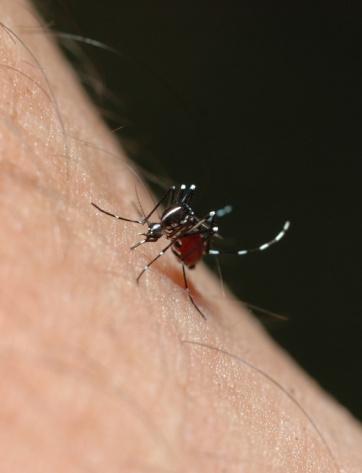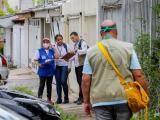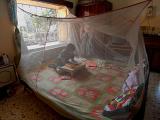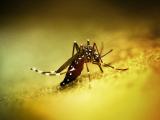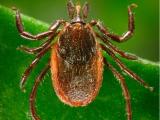Officials from the Pan American Health Organization (PAHO) and their global health partners today urged countries in the Americas to step up their efforts to battle insect-borne diseases, a point that was underscored by news of the first chikungunya outbreak in the Dominican Republic.
In a statement calling for action, PAHO said deaths from diseases such as malaria and dengue have dropped dramatically in recent decades but that the diseases often lead to disabilities and outbreaks are still burdening hospitals and local health services.
PAHO said the risk and range of the diseases could grow, fueled by globalization, increased travel, climate change, and urbanization—all forces that can push the vectors into new areas.
The group's focus on vector-borne illnesses is part of a coordinated theme that the World Health Organization (WHO) is highlighting across its global regions in advance of World Health Day on Apr 7.
Health officials weigh in on threats
At a media telebriefing today, PAHO Director Carissa Etienne, MD, said countries in the Americas had diseases such as malaria and dengue under control in the middle of the last century but that they reemerged after countries cut back on vector-control investments. She said she was optimistic that countries can make more headway against the diseases.
"Our region has a long history of international collaboration in fighting shared public health threats," she said, citing successes against other infectious diseases such as yellow fever, river blindness, and smallpox. "Despite successes, we can't rest on our laurels."
Fenton Ferguson, MD, Jamaica's health minister, highlighted chikungunya as a new emerging threat. He said the first two cases were reported on St. Martin on Dec 6 and since then illnesses have been detected in 10 countries and territories.
Though the disease is rarely fatal, he said joint pain and stiffness from infections can last several months.
Tom Frieden, MD, MPH, director of the US Centers for Disease Control and Prevention, (CDC), said he saw parallels between the spread of chikungunya and West Nile virus, two emerging threats that spread quickly. "Microbes know no boundaries, and neither do mosquitoes."
Multisector request
In its call for action, posted on its Web site, PAHO urged governments to:
- Ensure political commitment and funding for vector control programs
- Invest in water and sanitation, waste collection, and urban drainage, especially in underserved areas
- Share lessons learned through cooperation with other countries
The group also called on health authorities, individuals, and international donors to take steps. For example, it urged health officials to improve surveillance and blend prevention and control with other disease control programs. It also urged people to clean up their homes to eliminate vegetation and standing water that provide breeding sites for mosquitoes and other disease-spreading insects.
Saint Lucia, Dominican Republic report first chikungunya cases
In related developments, earlier this week Saint Lucia reported its first chikungunya case. According to a statement on its health ministry Web site, the patient is a 63-year-old man, and the illness was detected through heightened surveillance that started earlier this year.
At today's PAHO briefing, Marcos Espinal, MD, who directs PAHO's Department of Communicable Diseases and Health Analysis, said there is a network of labs in place—which collaborates with the CDC—to help countries test for chikungunya. He said the efforts helped the Dominican Republic detect its first cases this week.
The Dominican Republic's health ministry today announced that testing has confirmed a chikungunya outbreak in the city of San Cristobal. It said blood samples from people affected by severe joint pain and fever were sent to the CDC and that tests were positive for the disease. It did not say how many cases had been detected.
In January the health ministry warned that the disease could be introduced into the country, and it issued an epidemiologic alert and launched its preparedness and response plan.
See also:
Apr 2 Saint Lucia health ministry statement
Apr 4 Dominican Republic health ministry statement (in Spanish)
WHO World Health Day site
